The question of “What Are The Best Exercises For Building Muscle?” is one that has plagued bodybuilders and strength athletes for years. And unfortunately there is no set in stone answer as to what the “Best Exercises” really are. It will vary depending on the individual and their own unique training situation.
But any exercise is better than no exercise. So to a certain degree all strength training exercises that you do can be beneficial. But there is a specific way to rank exercises from those that provide the lowest level of muscle stimulation, to the those that provide the highest level of muscle stimulation.
In this blog post I’m going to share that exercise ranking system with you. So you can use it to help save yourself time and maximize your gains in the gym, by picking the most productive muscle building exercises, in the right order, for your workouts.
Compound vs. Isolation Exercises
Compound exercises work multiple muscles across more then one joint. Squats, Bench presses, and Deadlifts are prime examples of compound exercises. They are often referred to as the “Big 3 Lifts” because they are the 3 powerlifts used in powerlifting competition.
Just by doing these 3 exercises you work virtually every muscle major muscle group in the body. Squats primarily work the quadriceps, hamstrings, hips, glutes, spinal erectors, and upper back. Bench presses mainly work the chest, shoulders, and triceps. Deadlifts heavily work the entire back, hips, glutes, hamstrings, as well as the grip and forearms. Because these exercises involve so many muscle groups, you can handle a lot of weight with these big basic compound exercises.
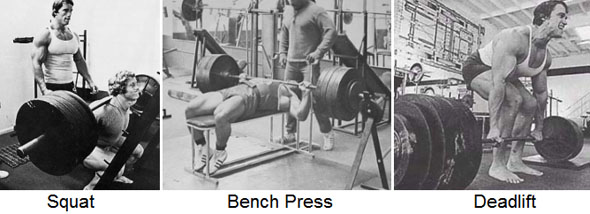
Now there are a lot more compound exercises besides squats, bench presses, and deadlifts. Most pressing and rowing exercises fall into the category of compound exercises as well. Shoulder presses, bent over rows, dips, chin ups, etc.
Isolation exercises on the other hand generally focus on working one major muscle group across a single joint. Dumbbell flyes, leg extensions, and bicep curls are examples of isolation exercises. These exercises are smaller movements and you are greatly limited in the amount of weight you can lift, compared to bigger compound exercises.
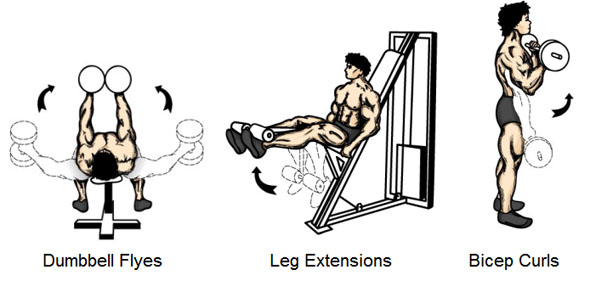
Now I should also point out that technically there are no “True Isolation Exercises”, all exercises will bring in multiple muscle groups as stabilizing and supporting muscles. Heck, even now while you sit in your chair reading this blog post you are working your spinal erectors, abs, obliques, etc. just to sit up straight. So our main focus here is not on “every single muscle”, just those we are working for muscle building purposes.
Free Weights VS. Machines
Free weight exercises are typically classified as barbell and dumbbell exercises (kettle bells would also fall into this category as well). Basically they are exercises that you do with no outside support. You are responsible for lifting, supporting, and balancing the weights using your own strength.
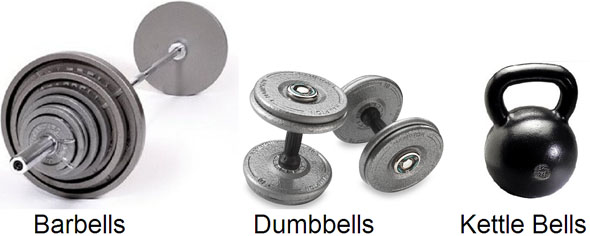
Machine exercises are what you’ll find a lot of in most gyms these days. They are basically fixed exercises with handles, pads, pulleys, or foot plates that you push or pull against to lift the weight. Now even though you have to exert effort to actually lift the weight, the machine itself balances and supports the weights along a fixed path.
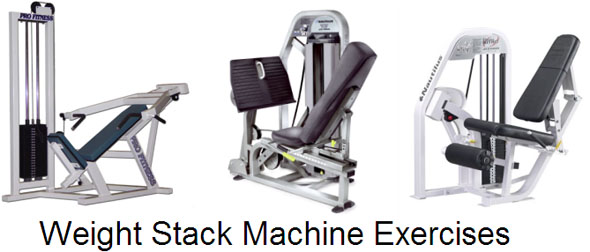
There is less actual muscle stimulation from machine exercises as compared to free weight exercises. The whole act of balancing and supporting free weight stimulates your body at a higher level. You have to be more aware of what you are doing, there is a greater risk of injury with free weights as they can move in all directions, shake, wobble, etc. All this extra movement activates your central nervous system to a much greater degree.
But on the other hand machine exercises are valuable because they can work the muscles from different angles and ranges of motion that are simply not possible with free weights. With free weights we are limited by gravity and only have resistance when lifting up. However, with machines you work against the resistance of pulleys and cables so you can have resistance in all directions and angles based on the particular machine.
Which Exercises Are The “Best”?
- Some people believe that compound exercises are the best because you can work multiple muscle groups and lift more weight.
- Others believe that isolation exercises are very important for targeting and isolating individual muscles because you can focus directly on those particular muscle groups more efficiently.
- Some people believe that free weights are the best because they put your body in a real 3 dimensional lifting environment and provide more muscular stimulation.
- Others believe that machine exercises are important because they work the muscles from different angles and ranges of motion, and they are generally safer to perform.
Now all of these arguments are valid and there are pros and cons to each exercise variation. But I personally don’t like to think in absolutes of only doing one or the other. Instead I like to focus on how to combine the different exercise variations to maximize muscle stimulation and get the best overall muscle building results.
After all, the whole process of working out is just a means to an end. We’re only using these exercises to build muscle and get in shape. We not here to nit-pick over which one is better than the other.
The Best Approach For Maximum Muscle Growth
When training a body part, I typically like to start off with a big basic compound free weight exercise right at the beginning. This provides high intensity muscle stimulation when I’m feeling fresh, strong, and energetic. So if I was training chest for example; I’d start with some form of free weight bench press variation, such as the barbell bench press.
After working the muscles hard with a free weight compound exercise. I generally like to move on to an isolation exercise to really target and isolate the particular muscle group I’m working. So in the case of a chest workout I may do dumbbell flyes.
By this stage of the workout muscle fatigue is starting to set in. But I don’t want to call it quits just yet, I still want to do another exercise for my targeted muscle group to really “finish them off” so to speak.
This is where doing a machine exercise can work really good. You can train the muscles from a unique angle and because the weight is balanced and supported by the machine, the risk of injury is much lower compared to doing another free weight exercise.
So in the case of a chest workout I may move on to some variation of a chest press machine and really grind it out. Knowing that I can push myself hard and train to failure with no risk of getting pinned under a heavy barbell.
In Conclusion…
As you can clearly see, there is no one “Best Muscle Building Exercise”. It all depends on the individual and what stage you are at in your workouts. Each exercise variation has a time and place where it can be utilized to help with your workouts.
This simple process of going from a basic compound free weight exercise, then moving to an isolation exercise, and finally onto a machine exercise is an awesome way to select your exercises for each one of your body part workouts. It will help you get the best muscle building benefits from all the different exercise variations.
And if you’d like to see this entire exercise selection process in action for yourself, I highly recommend that you sign up for my VIP “Inner Circle” Coaching Club at: www.TotalFitnessBodybuilding.com
Part of the “Inner Circle” Coaching Club includes the Workout Of The Month, where you’ll get a brand new training program each month. These programs are specifically designed to build on the previous help you make continuous progress towards your muscle building goals.
Click Here for more info on how you can become a
Total Fitness Bodybuilding “Inner Circle” member…
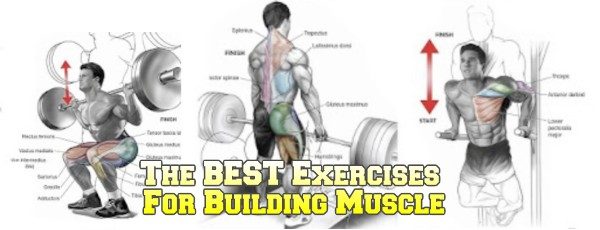
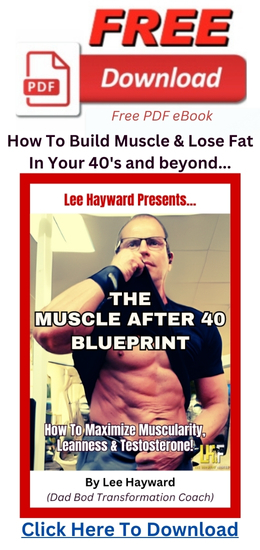


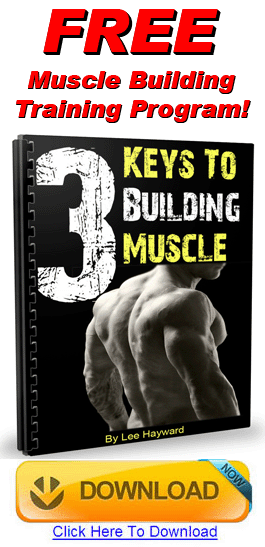

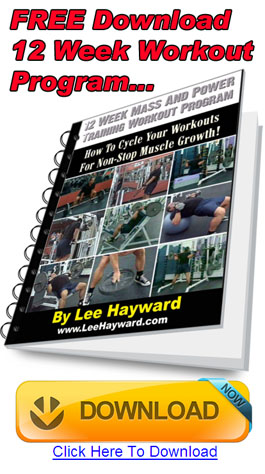

55 Comments
Comment navigation
Sam
This seems to be a great way to go I can’t wait to start training.
Kristian Lazona
Hi Lee,
I’m Kristian Lazona a big fan of your muscle training program. I am also a budding blog writer for my website MasayaHost.com. In line with this, I would like to create a free blog article for your website and include it as one of my portfolio materials for freelance work. Hit me up if you have any topics in mind that you want to have an article about. Thank you very much
Regards,
Kristian Lazona
Carl Juneau, PhD
That’s just smart Lee.
1- Free weights compound
2- Free weights isolation
3- Machine
Never really thought of it this way. Well done.
Andre
The only thing is there is no such thing as “isolating” a muscle.
With flys you use less triceps am i right? So the major muscle worked is the pec.
Gr. André
Comment navigation